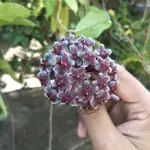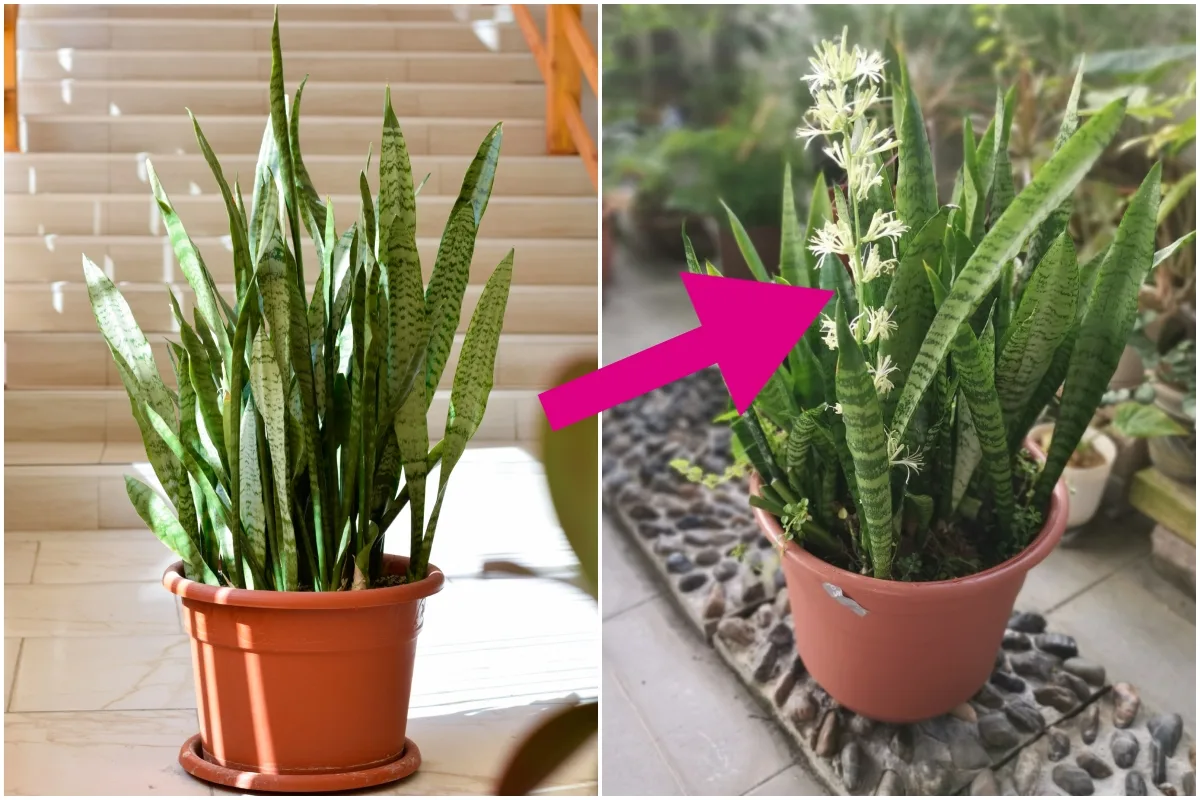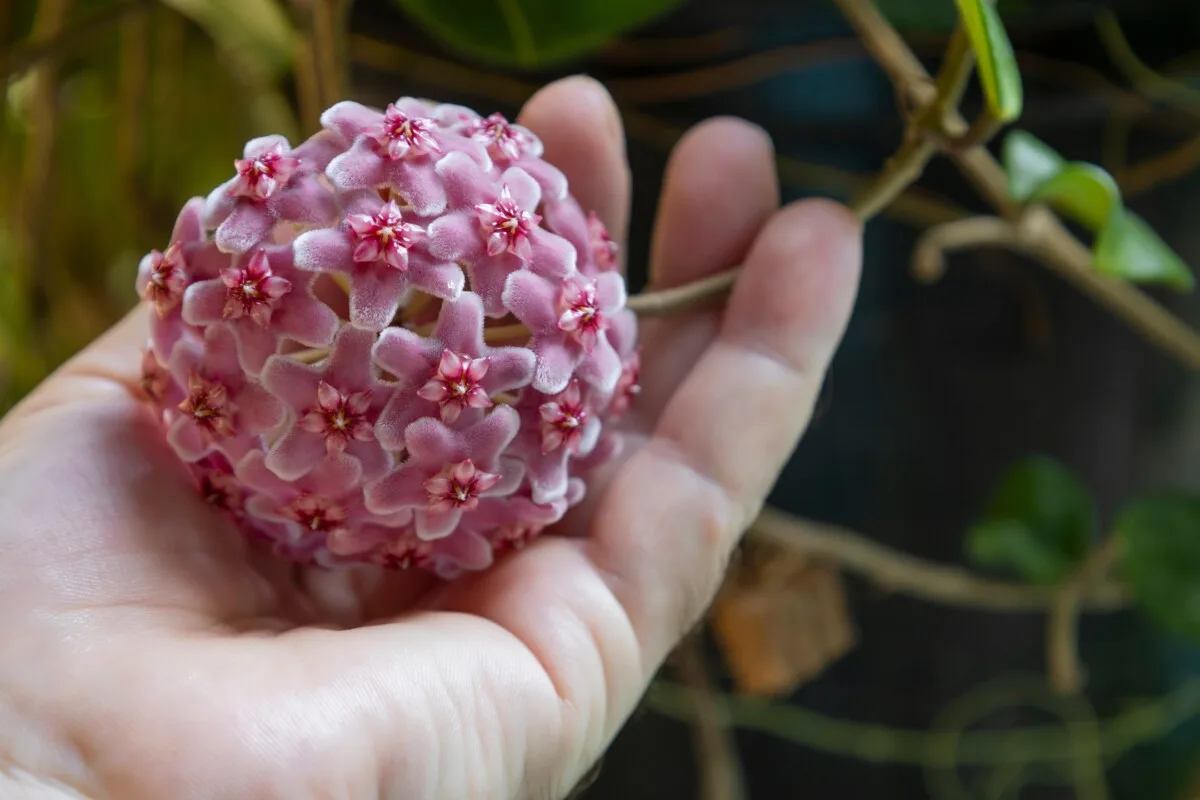
Hoyas are an attractive tropical houseplant with shiny, thick leaves, which are the obvious inspiration for its common name – wax plant. It’s this beautiful, lush foliage that makes it a popular choice among houseplant lovers.
But scads of hoya owners have never seen the gorgeous umbels filled with tiny star-shaped flowers that elicited its other common name – porcelain plant. If you want to experience these incredible blooms for yourself, there are a few things you’ll need to do for your hoya.
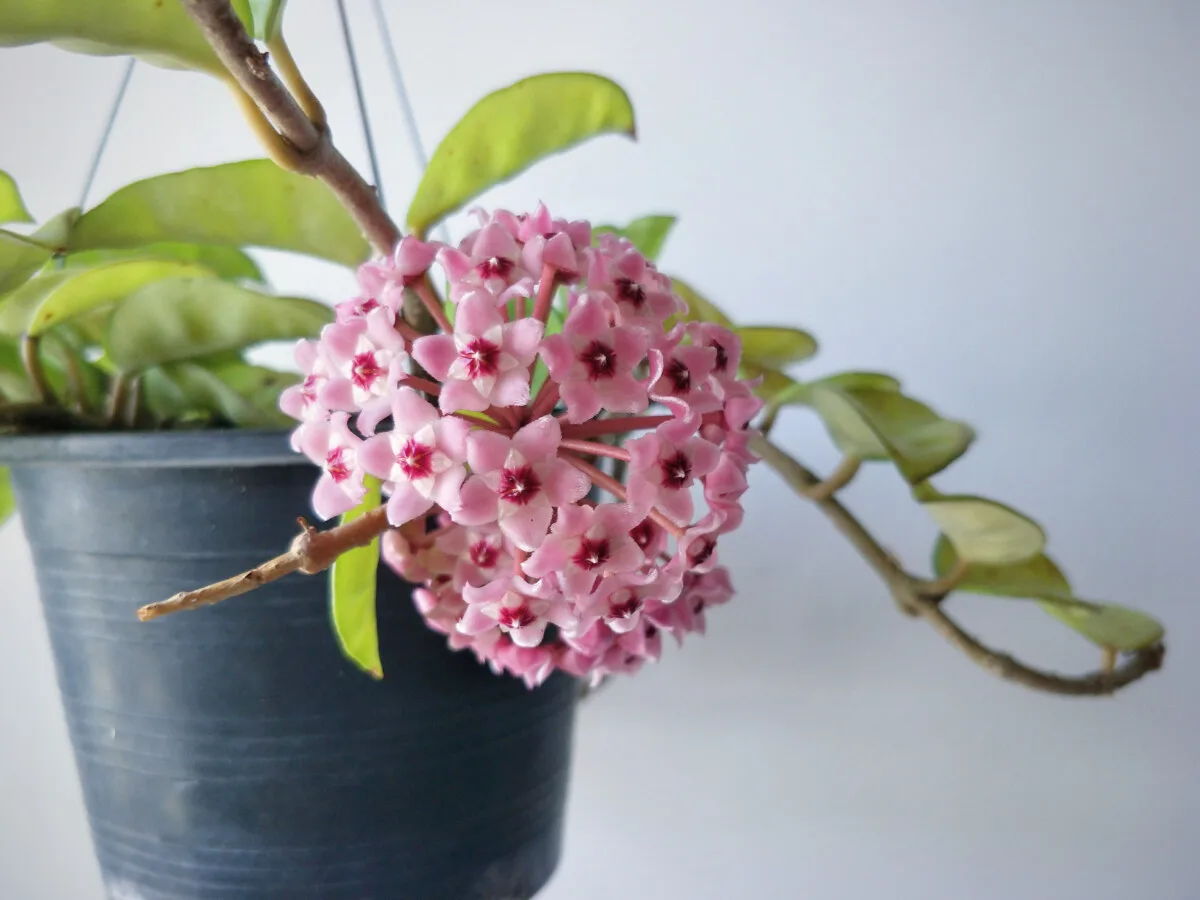
Let’s Be Honest
I’m going to be honest with you right from the start. Hoyas are a foliage plant; blooms are not guaranteed. While you can get a hoya to bloom, they are one of the more difficult tropical houseplants to get to do so.
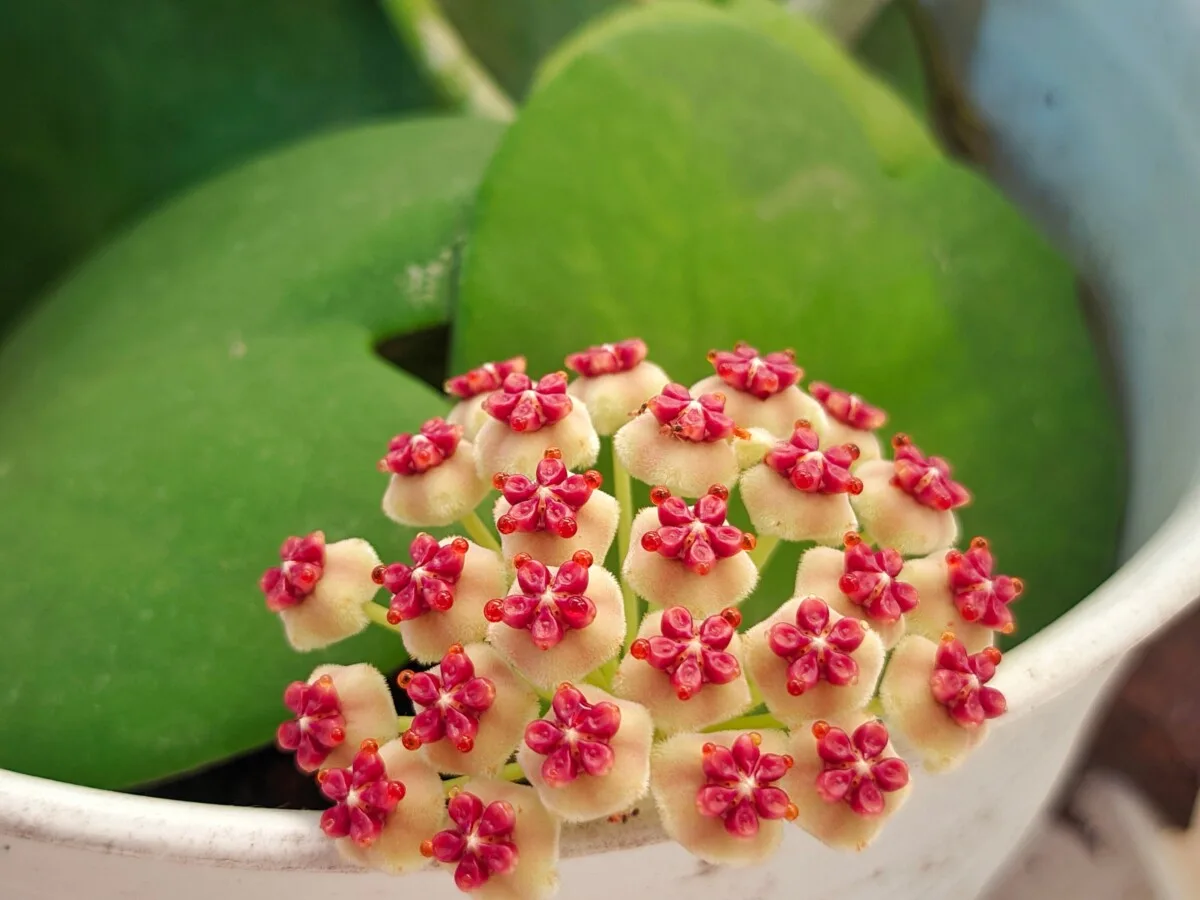
I say this not to discourage you but rather to temper expectations from the outset. Please continue reading and give it a go. But at the end of the day, remember that it will take patience above all else.
Hoya Blooms
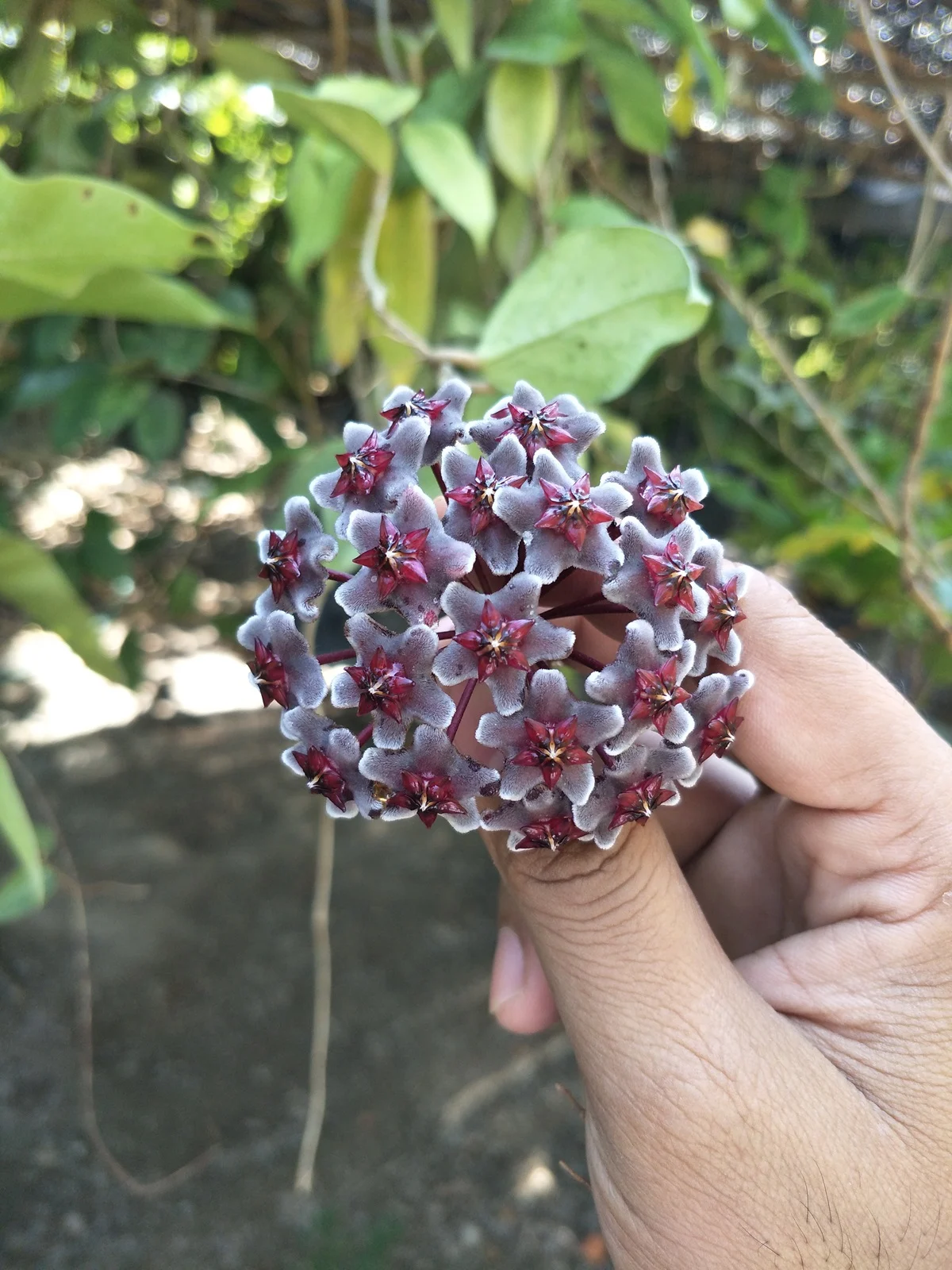
What’s the big deal? Why bother getting your hoya to bloom? Because they’re beautiful.
Hoyas put out tightly packed umbels filled with white, pink or burgundy star-shaped blooms against a larger, softer star-shape. Most smell sweet, almost candy-like. And they’re worth the trouble of getting your hoya to bloom at least once to see them in person.
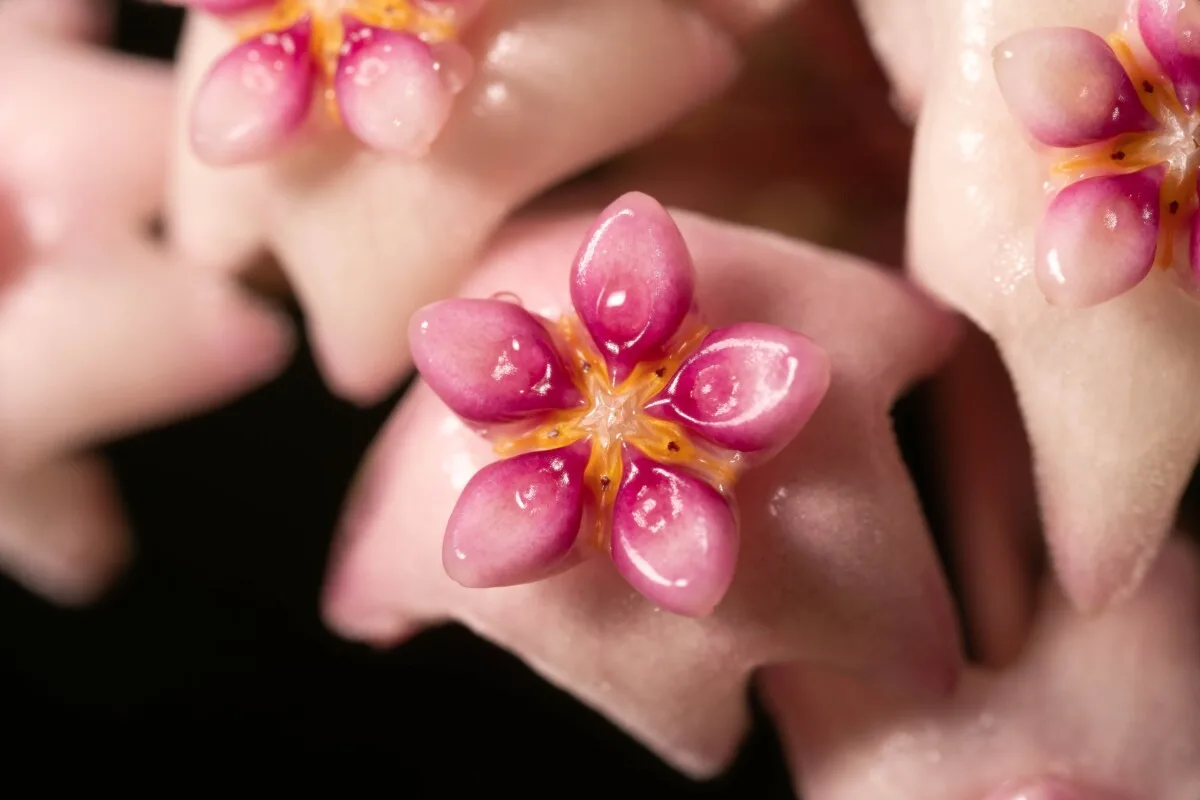
Does Your Hoya Have What It Takes?
By far, the most popular hoya species – Hoya carnosa – blooms, and it does so seasonally, usually during the months of March to August. (In the Northern Hemisphere.) Don’t worry, those cute little heart-shaped Hoya kerrii bloom, too.
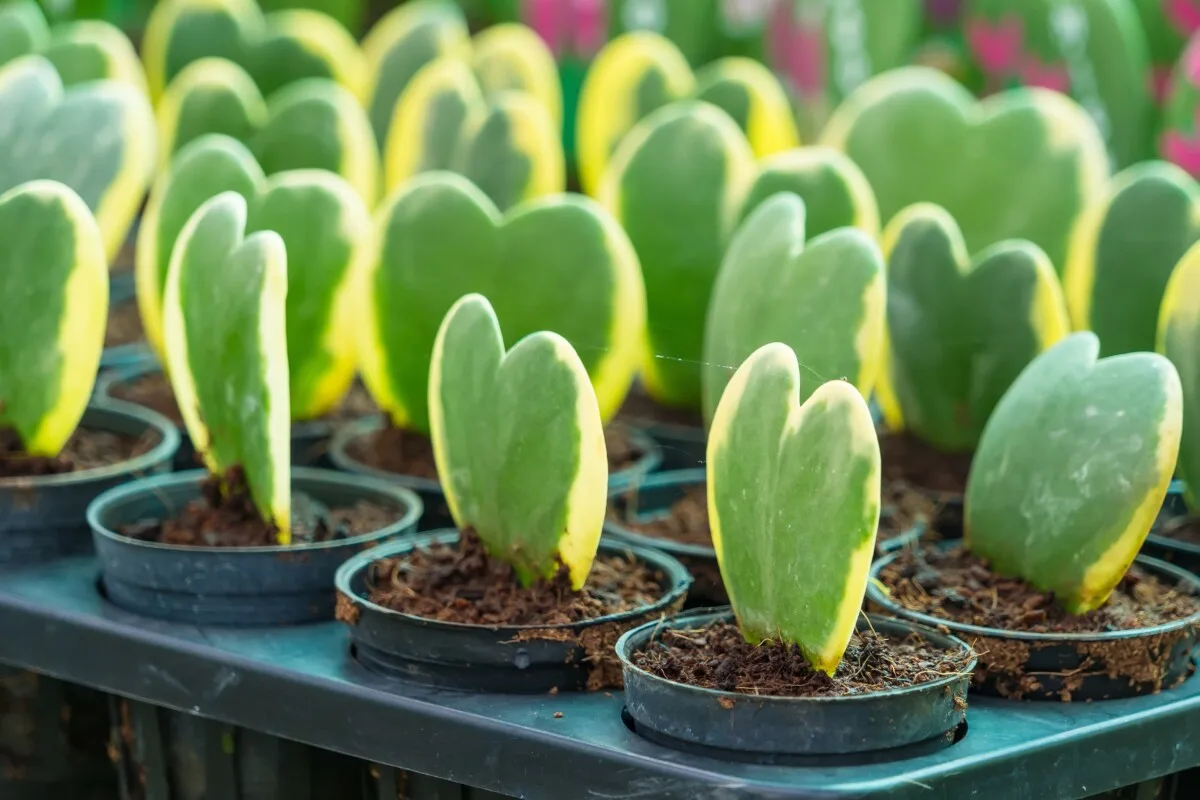
While there are over 500 species of hoya, the number grown as houseplants rank in the dozens, so chances are, your hoya is one that will bloom indoors. And it will likely bloom sometime in the spring or summer months and sometimes into the fall.
I’m An Adult!
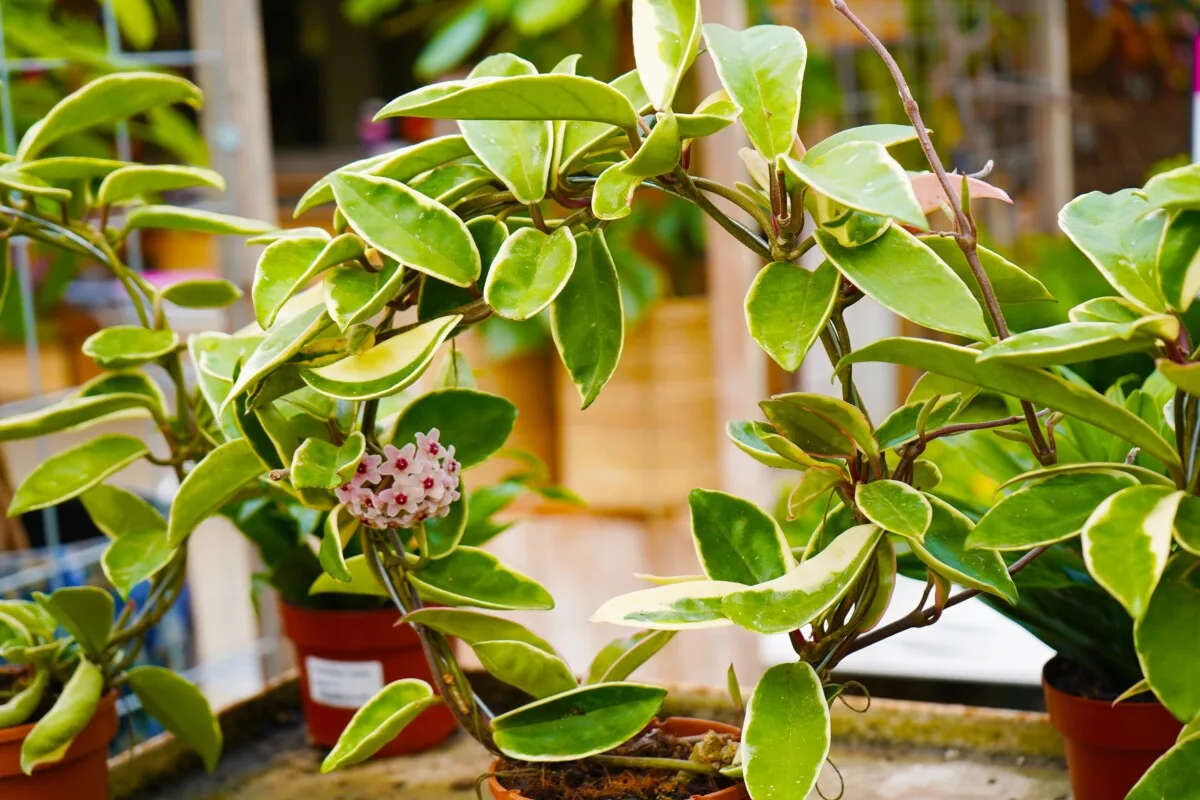
I have a dear friend going through the “I’m an adult!” phase with one of their children. You know, that phase when teenagers hit the upper limit of their teens and suddenly discover that they know more than you ever did or ever will. I mention this because maturity plays a role in whether or not your hoya will bloom.
Some hoyas need to be two to five years old before they can bloom. If you have a new cutting, remember the name of the game is patience.
Another part of having a mature plant is having one that’s quite snug in its pot. If you aim to get your hoya to bloom, pot it and let it get a little root-bound. Once your plant is a bit snug in its pot, it can expend energy on blossoms.
Light is Hugely Important in Bud Production
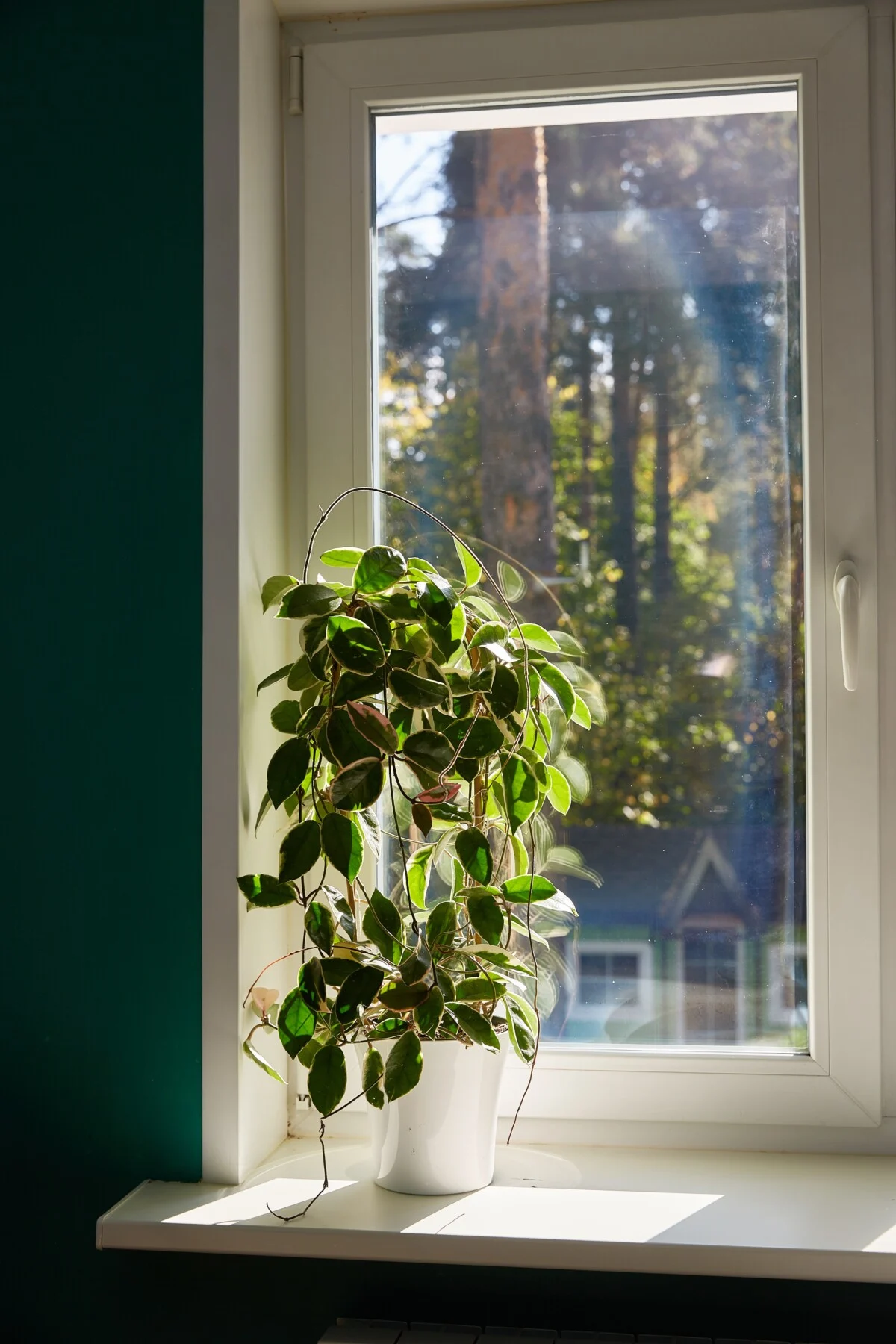
Light plays a huge role whenever you’re trying to get a tropical plant to flower indoors. Not only the duration but the intensity. Often, this is all you need to do to encourage your favorite foliage houseplant to bloom – give it more light.
As houseplant owners, we often misjudge how much light our plants receive in our homes.
Let’s face it: the top of your bookshelf, ten feet away from the window, is a far cry from the intense dappled sunlight these plants receive in their native homes.
While hoyas will not tolerate direct sun, they need plenty of bright indirect light to encourage them to bloom. Place your hoya where it will receive between 4 and 6 hours of bright light a day.
A good tip for finding the brightest indirect sunlight available in your home is to choose a location near a window that receives the most daylight hours. Now position the plant so it’s never in direct view of the sun for more than two hours a day. Good spots are just off to the window or back a foot or two away from the window on a plant stand.
If your home doesn’t receive that kind of light (you, too?), you may need to supplement it with a grow light.
Humidity & Water
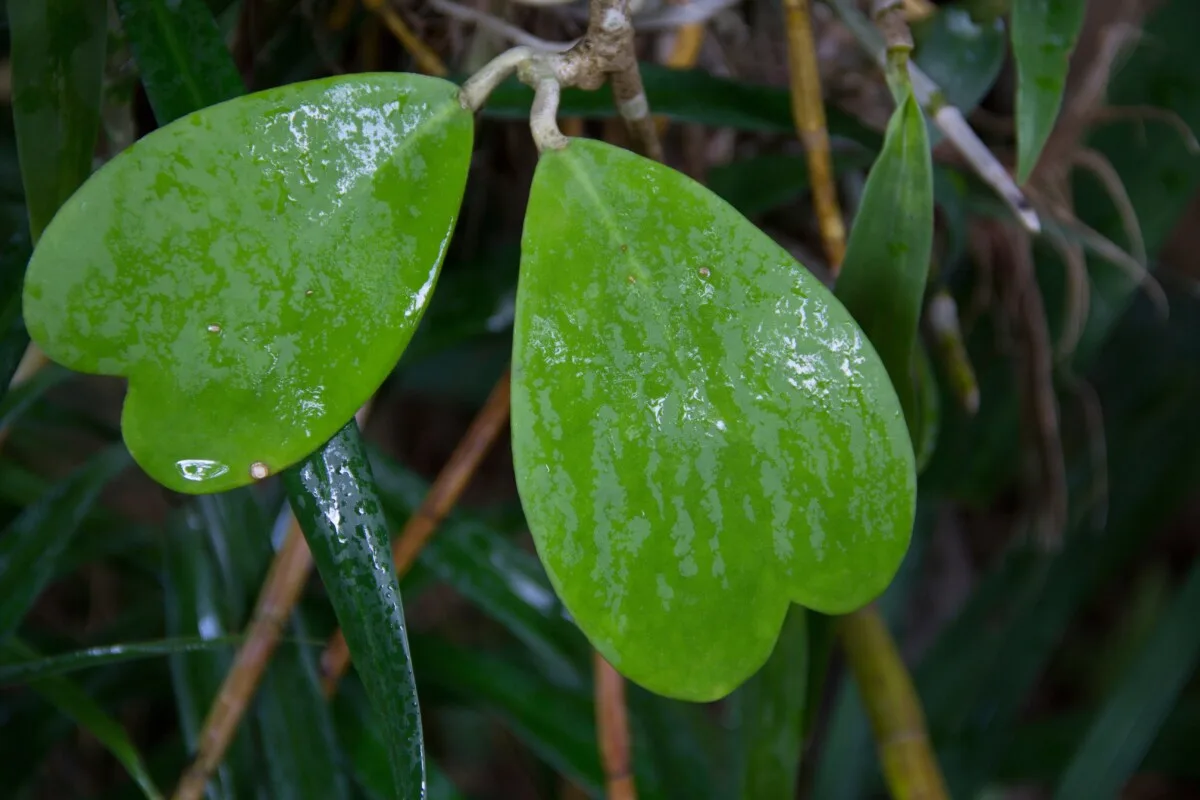
Like all tropical houseplants, hoyas thrive in a humid, jungle-like environment. They do well in 40-60% humidity. Luckily, you don’t have to keep your whole house humid, just the area around your hoya. Mist their leaves with a plant mister regularly, set up a humidifier nearby or put their pot on a pebble tray. Just be sure the pot isn’t sitting in water.
Stress is essential in getting tropical plants to flower. Not I-forgot-I-even-owned-a-hoya-for-six-months kind of stress, but a mini-drought. Don’t water your plant for a month in the early spring, and this short period without water could be enough to trigger bud production.
A Bit More P
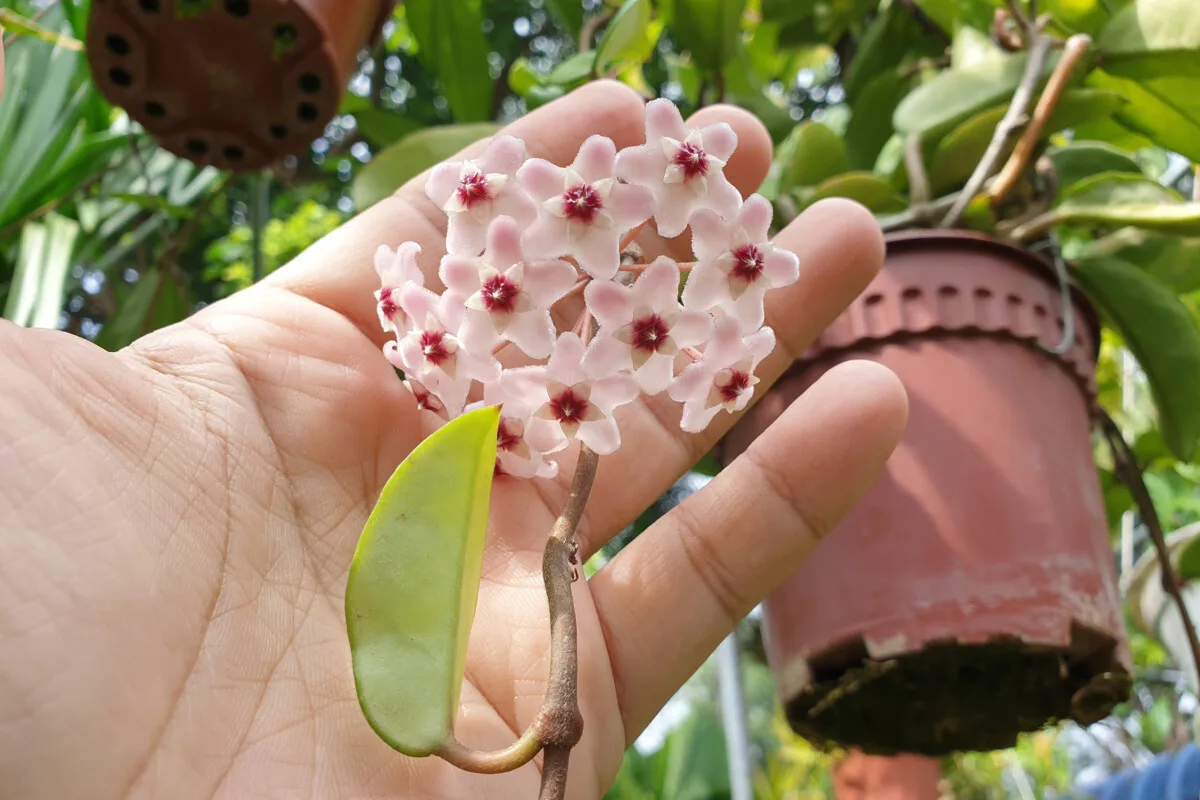
A balanced houseplant fertilizer is essential for growing a lush, thriving hoya. But if you want a blooming hoya, then it doesn’t hurt to use a higher-phosphorous fertilizer. Phosphorous is needed for plants to produce flowers.
I’ve said it before and I’ll say it again: reach for the Schulz African Violet Food. Don’t let the name fool you; this is my go-to fertilizer for getting tricky plants to bloom. (And yes, it works for African violets, too.) Begin feeding your hoya using this fertilizer in late winter to encourage bud development.
I’ve Got Buds, I’ve Got Buds!
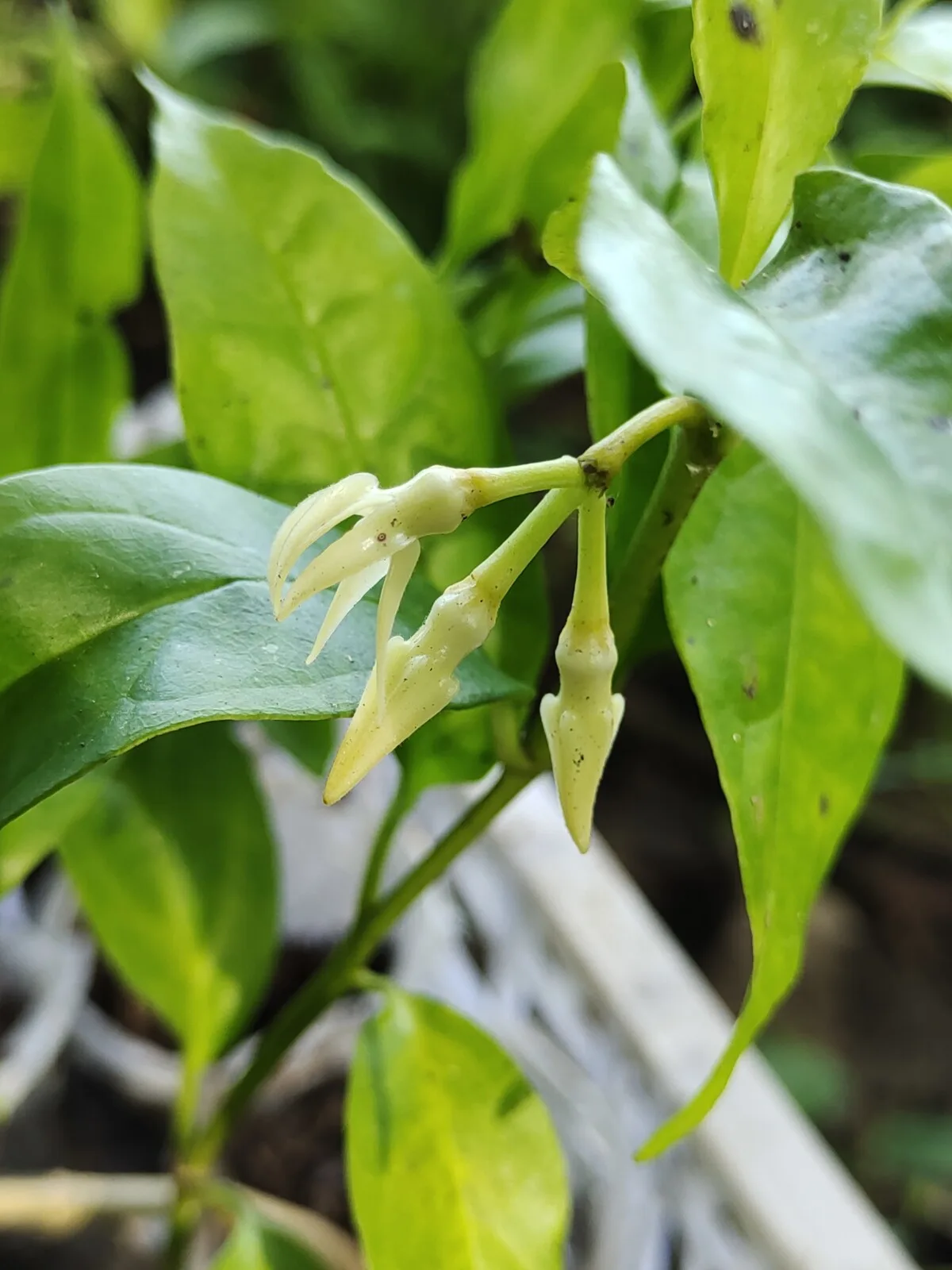
Congratulations! You finally got your hoya to set buds. Don’t change a thing. Much like Christmas cactus, once a hoya sets buds, even small environmental changes can cause them to abort their flower buds. Keep your hoya in the same place and continue providing consistent care until it blooms.
I Did All That, and it Still Won’t Bloom
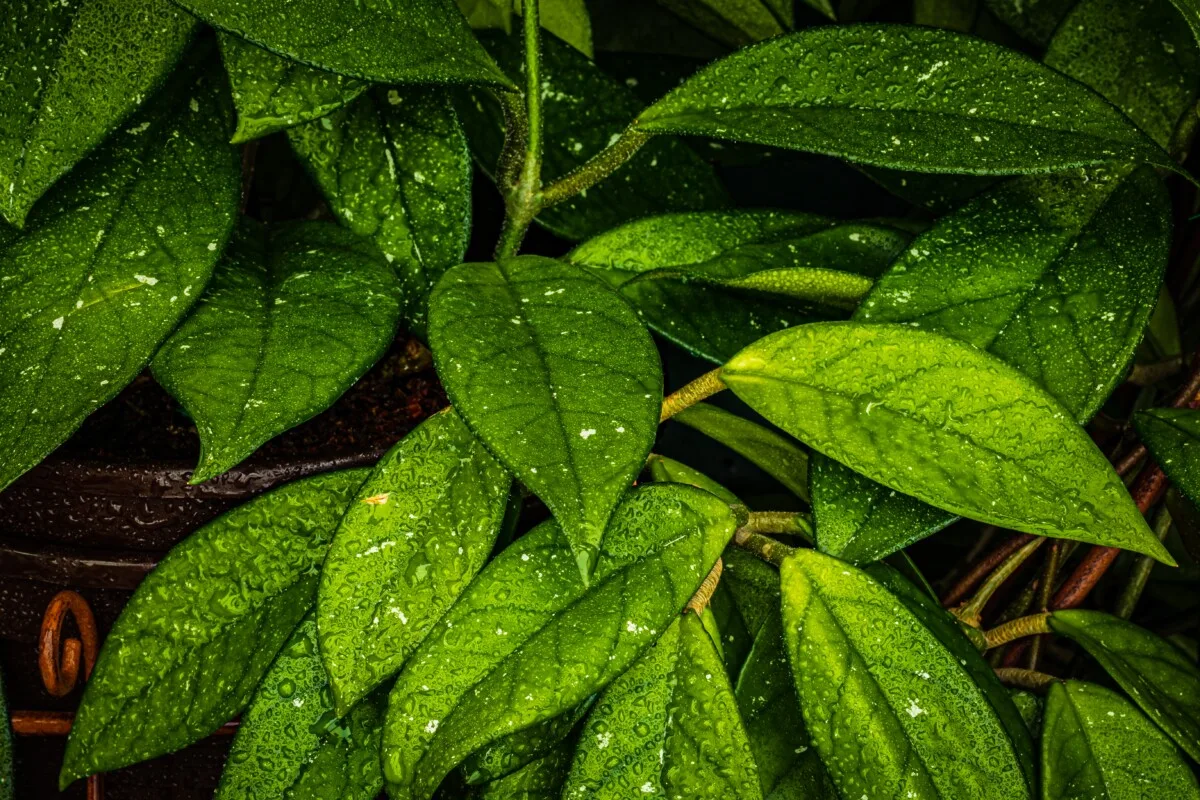
Rest assured, it’s worth the patience and extra effort to force your hoya to bloom. The flowers are indescribably delicate and beautiful. But even if you never get your hoya to flower, the foliage is lovely in its own right.
Hoyas can be one of the toughest tropical foliage plants to get to bloom. Don’t beat yourself up if you’re unsuccessful. Remember, the charm of these plants is in their waxy leaves. Just keep taking good care of your plant. You may be surprised one day to find buds when you least expect it.
Read Next:

Get the famous Rural Sprout newsletter delivered to your inbox.
Including Sunday ramblings from our editor, Tracey, as well as “What’s Up Wednesday” our roundup of what’s in season and new article updates and alerts.


